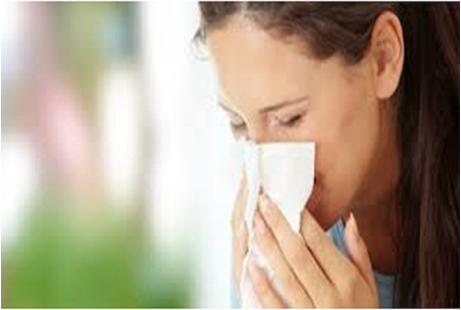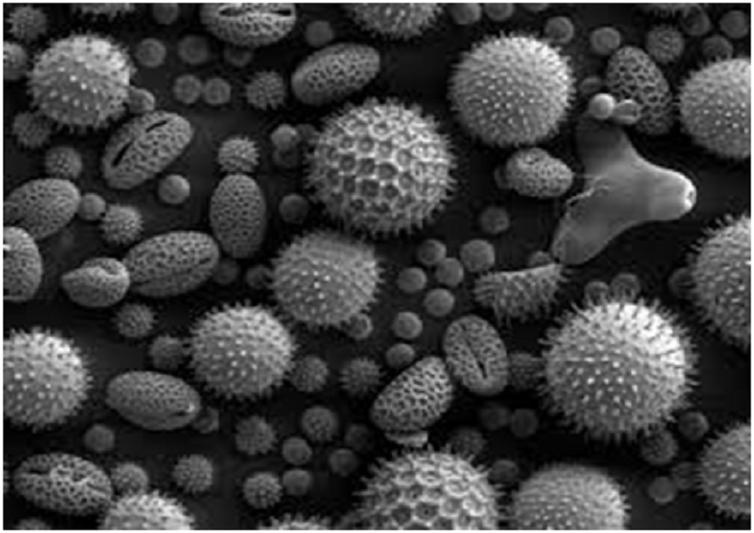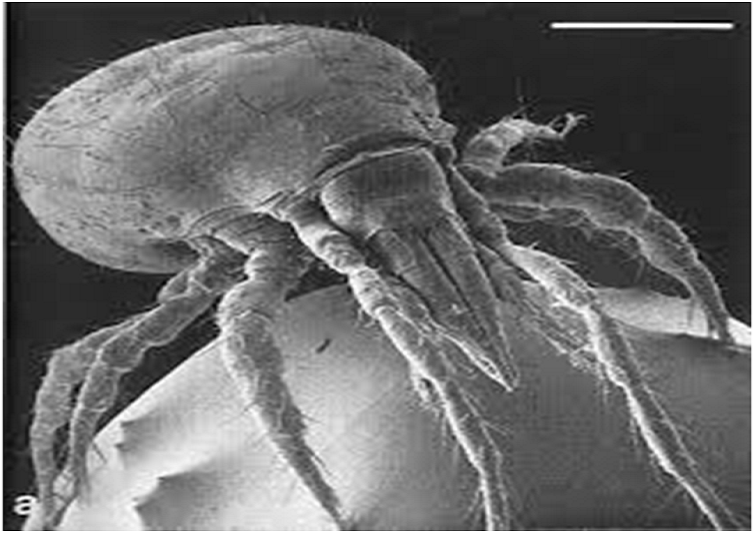Statistics show that an estimated 1 in 5 adults and children are affected by allergic disorders, which is the 6th leading cause of chronic illness. The various symptoms of allergy include, sneezing, itchy eyes and skin, wheezing, nasal congestion, and rash.
The allergies can be caused by cats and dogs, or food like peanut and milk or they may be seasonal allergies, from weed, trees, grass, tree pollen or molds.
The immune system of the body detects the presence of a foreign body or substance in the body and any subsequent inappropriate response is termed as allergy. Individual bodies have specific allergies, for example, one body's immune system may react to the exposure to a harmless substance like pollen in a way as if it is harmful. Such substances that trigger the allergy are called allergens. A combination of environmental exposure with the gene inheritance is responsible for the majority of the allergies. Also, an allergy may develop, when the body's immunity system is low like post a viral infection and an exposure to allergen at this time may lead to allergy development.

Allergies
You can identify an allergic reaction by watching the symptoms. For instance, you may start allergic rhino, conjunctivitis or hay fever which are nasal/eye symptoms when you inhale an allergen and the immunity system comes in contact with it. Similarly, you can also experience, itchy/watery nose and / or eyes, congestion, sneezing, and/or asthma symptoms such as wheezing, chest tightness, difficulty breathing and coughing.
When the allergen enters the body, it interacts with mast cells and immunoglobulin E (IgE), which results in a hypersensitive response called the allergic reaction. This interaction causes the body cells to secrete inflammatory chemicals, this prompt release leads to tissue swelling, itching, blood vessel enlargement, increased secretion and bronchospasm (tightening of muscles that surround the airways).
The allergic reactions vary on the basis of the presence of allergen. For instance, the allergic reaction is evident in the eyes, nose, and/or lungs when the allergen is airborne. Correspondingly, for ingested allergen, the allergic reaction occurs in mouth, stomach and intestines.
Pollens and dust mites are the most common allergens, and individuals allergic to pollen develop Allergic rhino conjunctivitis, or hay fever, as the allergic response to pollen. This allergic response is characterized by inflammation and swelling of the lining of the nose, as well as the protective tissue of the eyes (conjunctiva). Due to this inflammation the affected individual experiences sneezing, congestion and itchy, watery eyes.
The treatment options include over-the-counter and prescription oral and topical medications, which include antihistamines, intranasal commonly, intranasal steroids, oral anti-leukotrienes, oral decongestants and others. The best strategy to reduce allergic rhinoconjunctivitis symptoms amongst highly effective preventive strategy is avoidance.

Types of Allergens
For individuals allergic to pollen, symptoms can be reduced by staying indoors to avoid pollen exposure during high pollen counts days, closing windows and using the air conditioning. In addition, reducing of indoor humidity will affect an indoor allergens (dust mites and mold spores) avoidance. Other measures to avoid dust mite exposure include, mattress/box spring and pillow encasement and regularly washing of all bedding in hot cycle in frequent gaps.
Though, it is challenging to avoid pets, however, allergic rhinoconjunctiviitis and/or asthma symptoms can be significantly removed through this measure. Though, in instances, when the regular medication use and avoidance measures are not effective, not desirable or not feasible, it is recommended to consider immunotherapy (allergy shots).
Trees, grasses and weeds release microscopic particles called pollens into the air. On ingestion of these particles, individuals specifically having immune systems intolerant to these particles may become sensitized.
This intolerance, may have been inherited which initiates the allergic response by the immune system. Thus, the symptoms of allergic rhinoconjunctivitis are experienced by such individuals on subsequent re-exposure to the same pollen type.

Microscopic insects found in the dust and fibers of infrequently laundered pillows, mattresses, carpet and upholstery are called the dust mites. These are found in such household objects as they thrive in warm and humid areas. Allergy symptoms of dust mite and pollen allergy are similar and also include asthma symptoms like coughing and wheezing.
As a preventive measure, pillows, mattresses and box springs can be covered with air-tight plastic/polyurethane dust mite covers, which can help in dust mite allergen avoidance. Also, frequent high efficiency filter vacuum cleaning or carpet removing can help in allergen avoidance. Medications and/or allergen immunotherapy (allergy shots) are the available treatment modalities.

Similar to pollen, molds are also released in the air. These parasitic, microscopic fungi with spores are found in areas like bathroom and basement, which keep damp.
In the outdoor environment, mold can be found in leaf piles, grass, mulch, hay or under mushrooms and they peak during humid and hot weather.

Animal dander refers to the proteins secreted by sweat glands in an animal's skin. Some people are allergic to these proteins present in an animal's saliva, which are shed in dander. The treatment for animal dander involves avoiding exposure as much as possible.